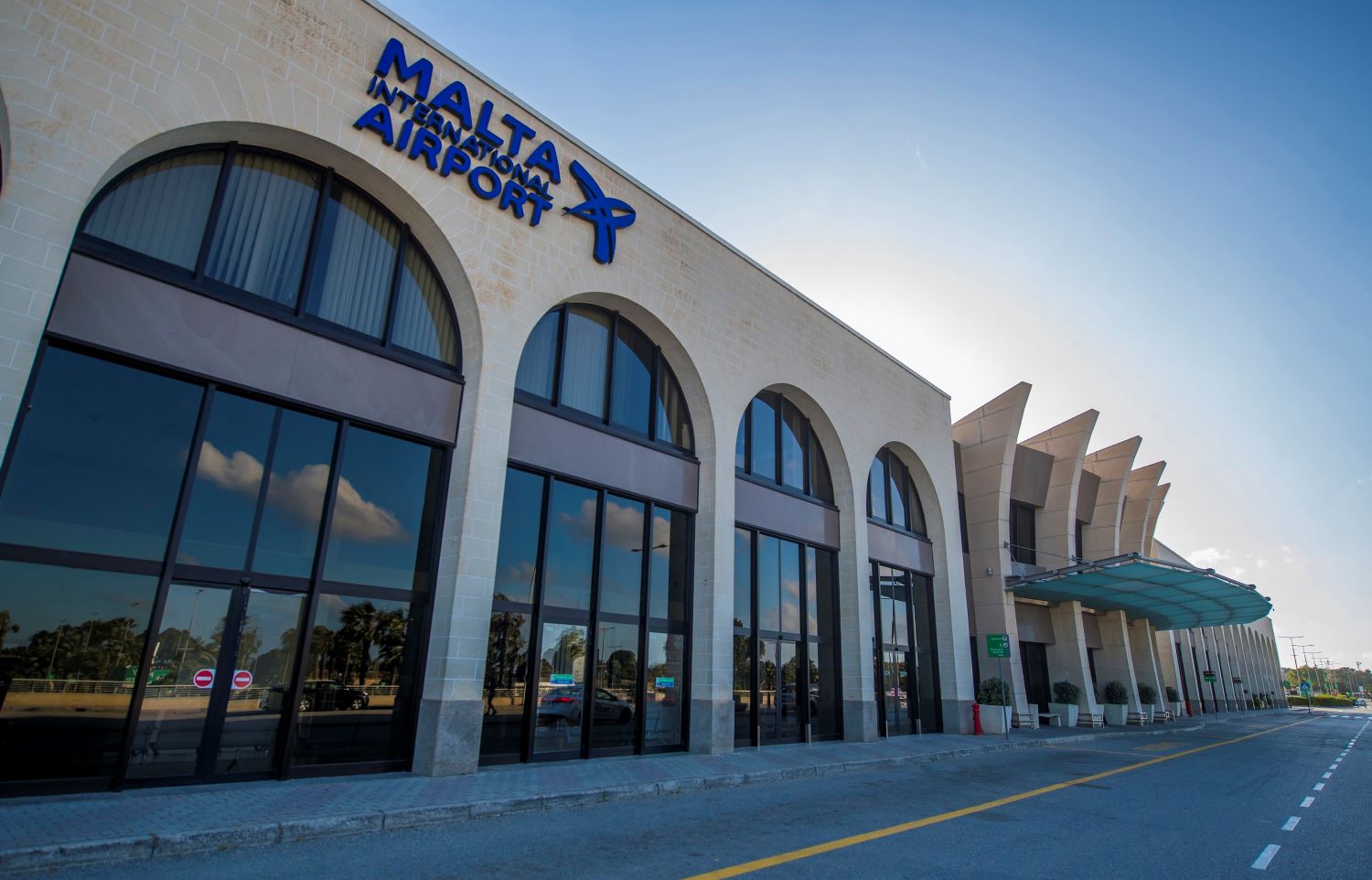Malta International Airport plc (MIA) on Tuesday (today) announced that it exceeded the 600,000-mark in March for passenger movements for the first time in the airport’s history, welcoming 633,826 passengers last month.
As a result, the airport registered 30.1 per cent growth in March traffic over 2023 numbers. This brought the total of passenger movements for 2024’s first quarter to almost 1.6 million.
This positive traffic performance was achieved on the back of an increase of 24.6 per cent over 2023 in the seat capacity deployed on flights to and from Malta, and a strong seat load factor of 87.2 per cent, the highest ever to be recorded in March.
Aircraft movements were also on the rise, going up by 20.5 per cent year-on-year to a total of 4,031 take-offs and landings last March.
With a combined market share of just over 50 per cent, MIA’s top three markets in March remained Italy, the United Kingdom and Germany. However, out of the top five markets, Poland achieved the most substantial growth over 2023 (80.6 per cent), surpassing the French market to secure fourth position on the airport’s market leaderboard.
March also marked the final flight for Air Malta, the Maltese Islands’ national flag carrier for the past 50 years. The final flight landed at the airport in the early hours of 31st March, paving the way for the inaugural KM Malta Airlines flight to depart from the airport later on that day.
“Whilst thanking Air Malta for collaborating closely with our airport, and for the services it has provided to guests over the last half a century, we would like to take this opportunity to welcome its successor, KM Malta Airlines,” MIA said in its statement.
It also congratulated Universal Air on commencing operations from the airport towards the end of March.
Cautious optimism across sectors: Business confidence rebounds in Q1 2025, says Central Bank
Confidence is creeping back into Malta’s business community
Government unveils new framework to establish ‘national one-stop-shop for startups’
Emerging companies will be able to access the necessary support, such as an enhanced share awards and stock option scheme
Aviation leaders warn EU and local policies are jeopardising Malta connectivity
An event hosted by the MBN in collaboration with the IBN explored the challenges facing the tourism industry






